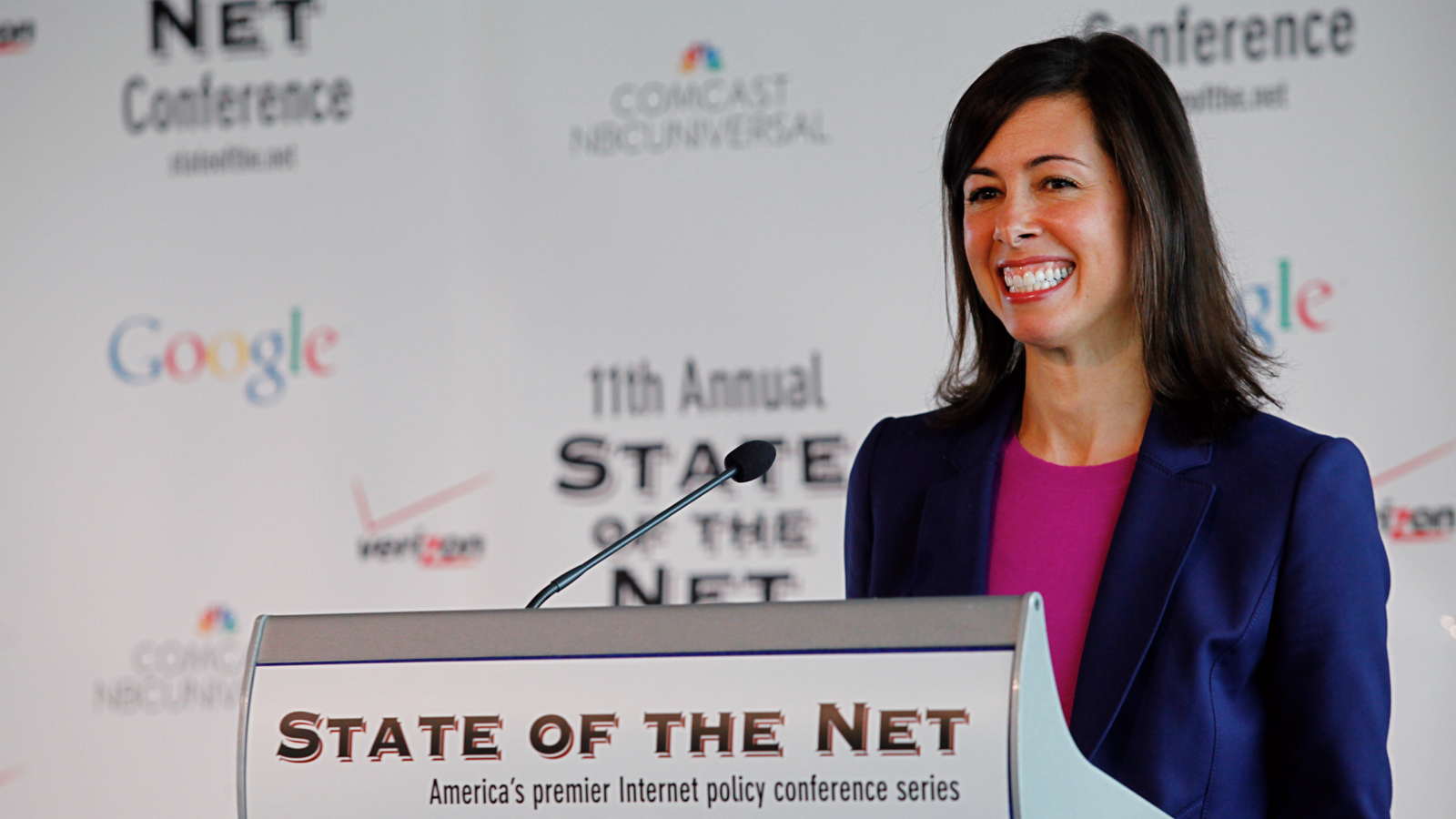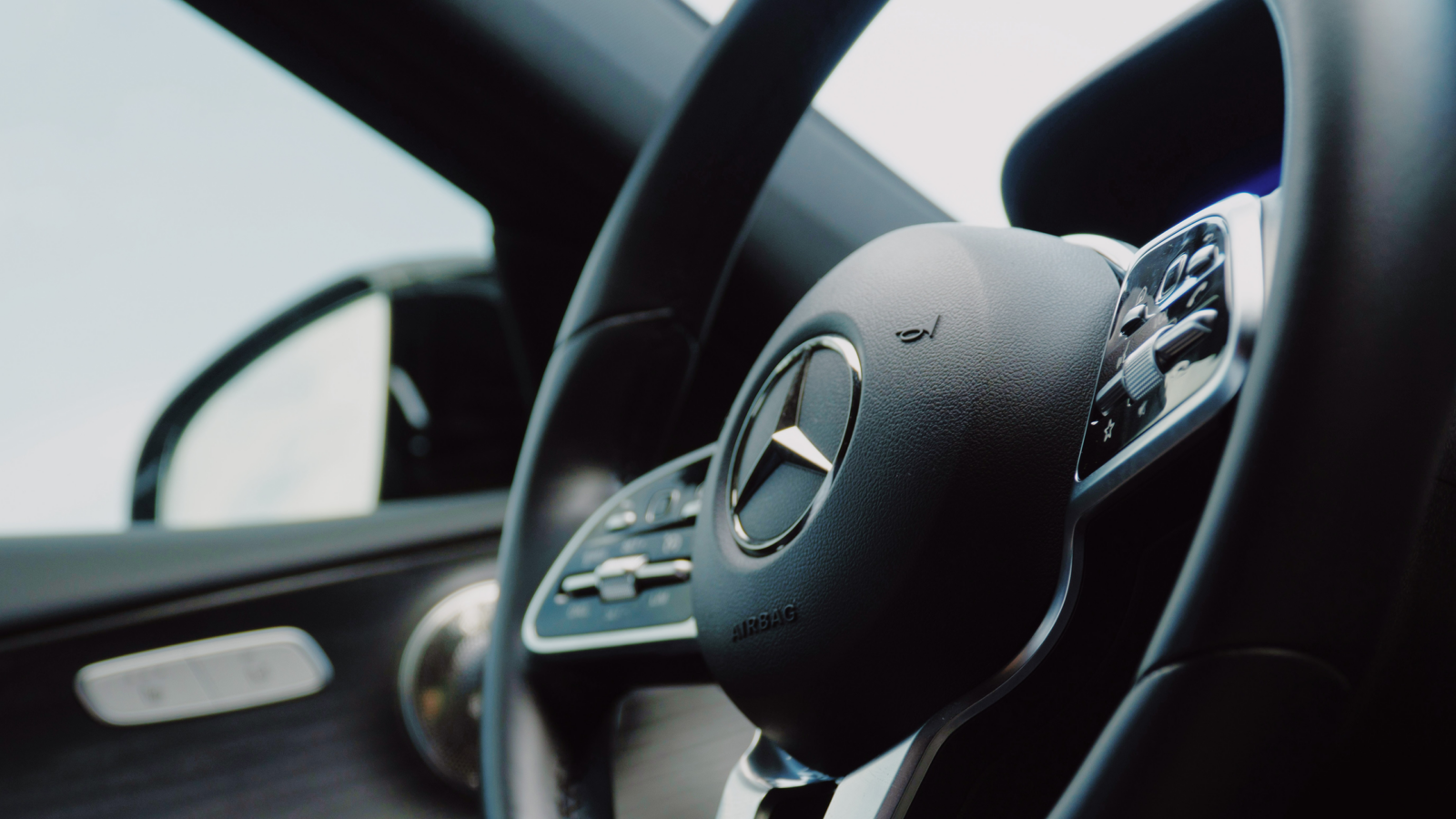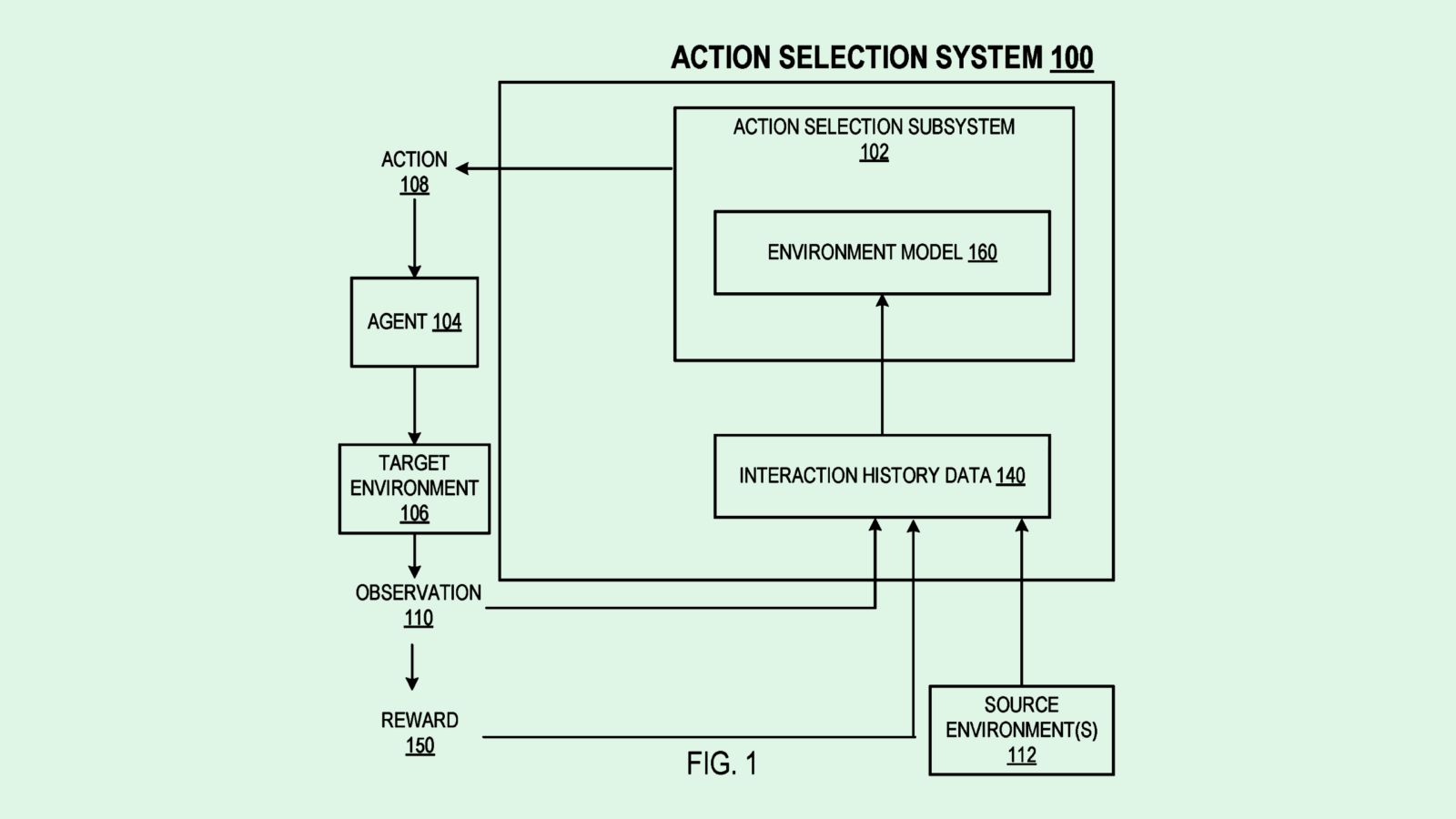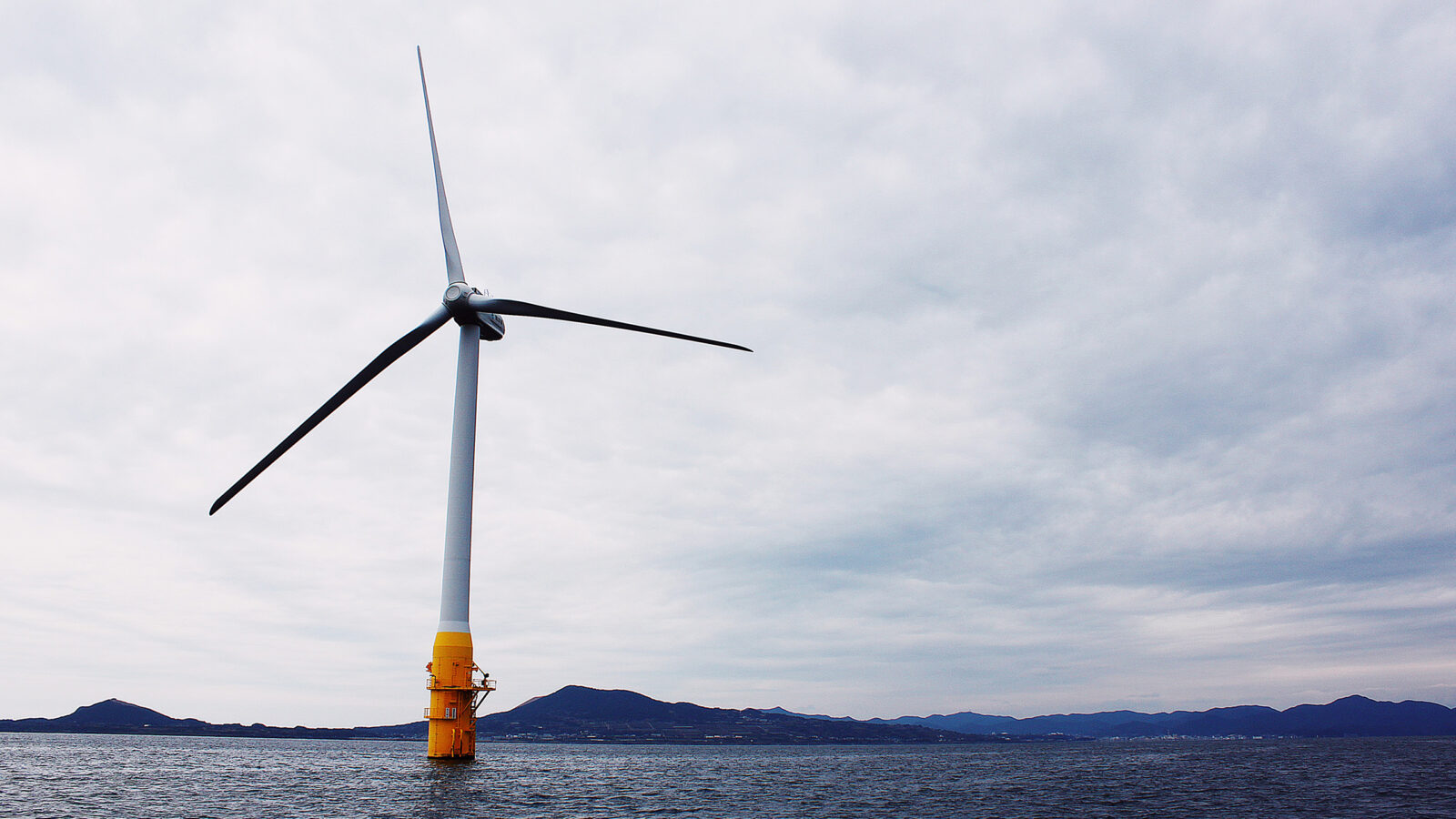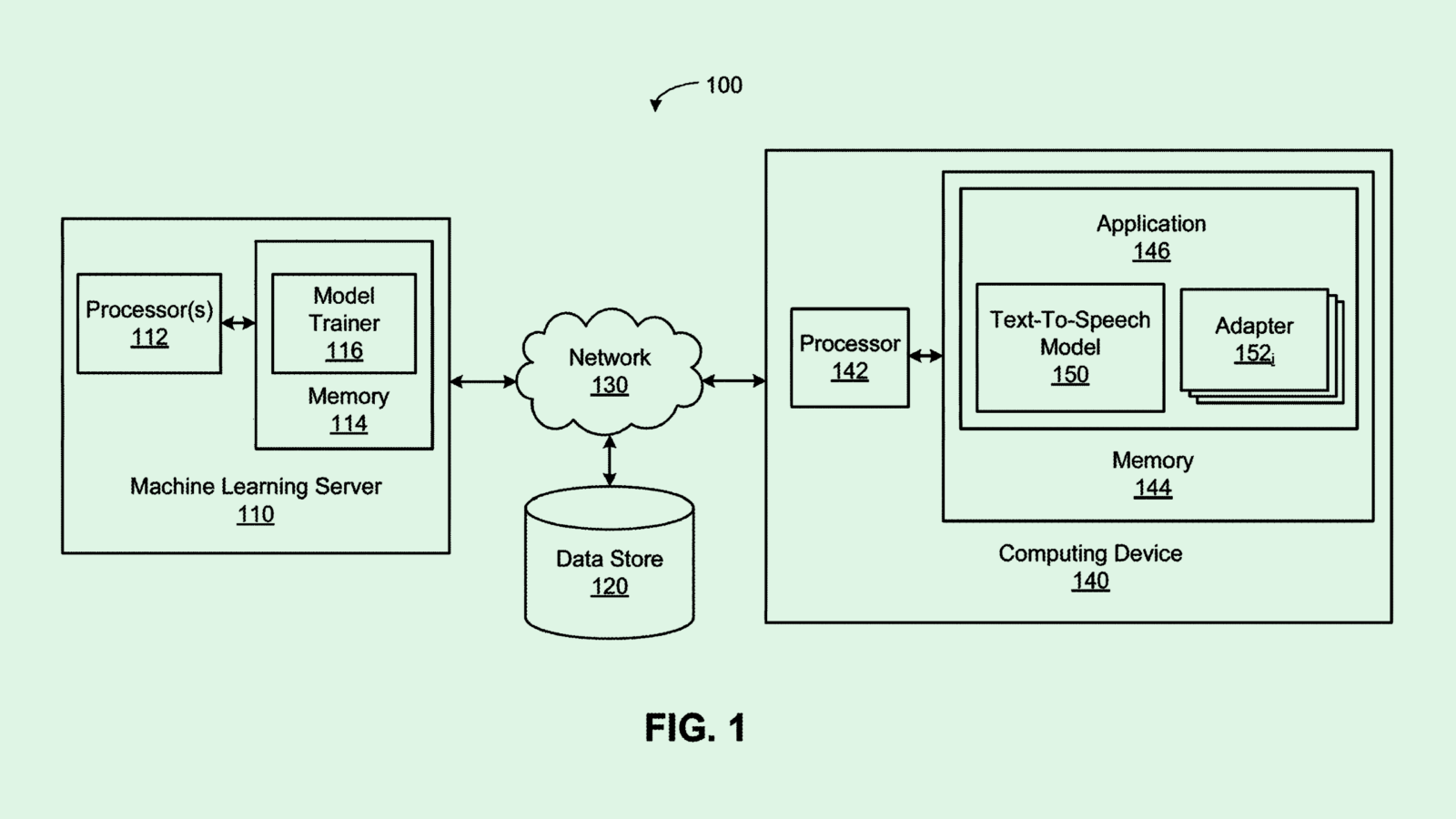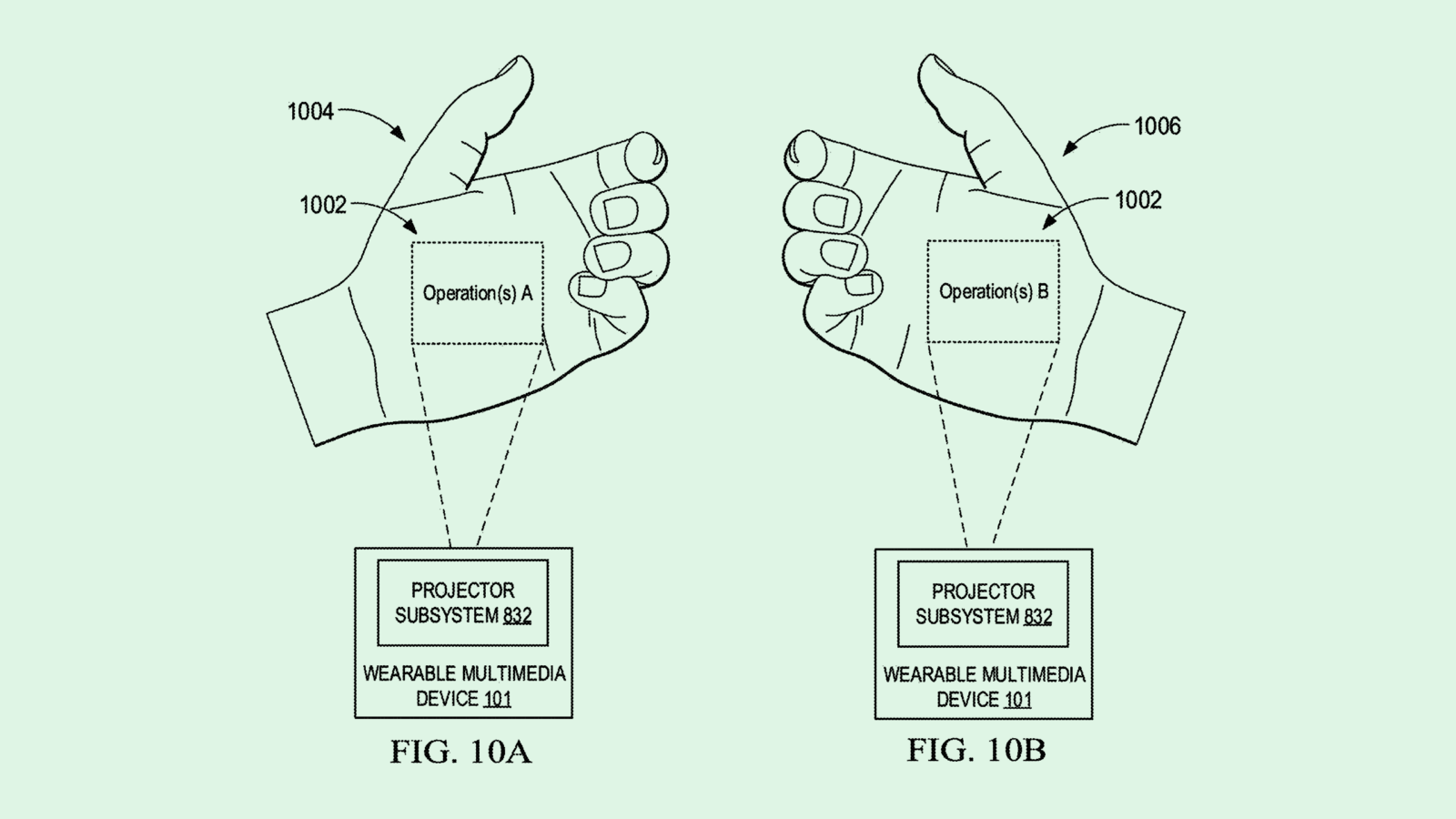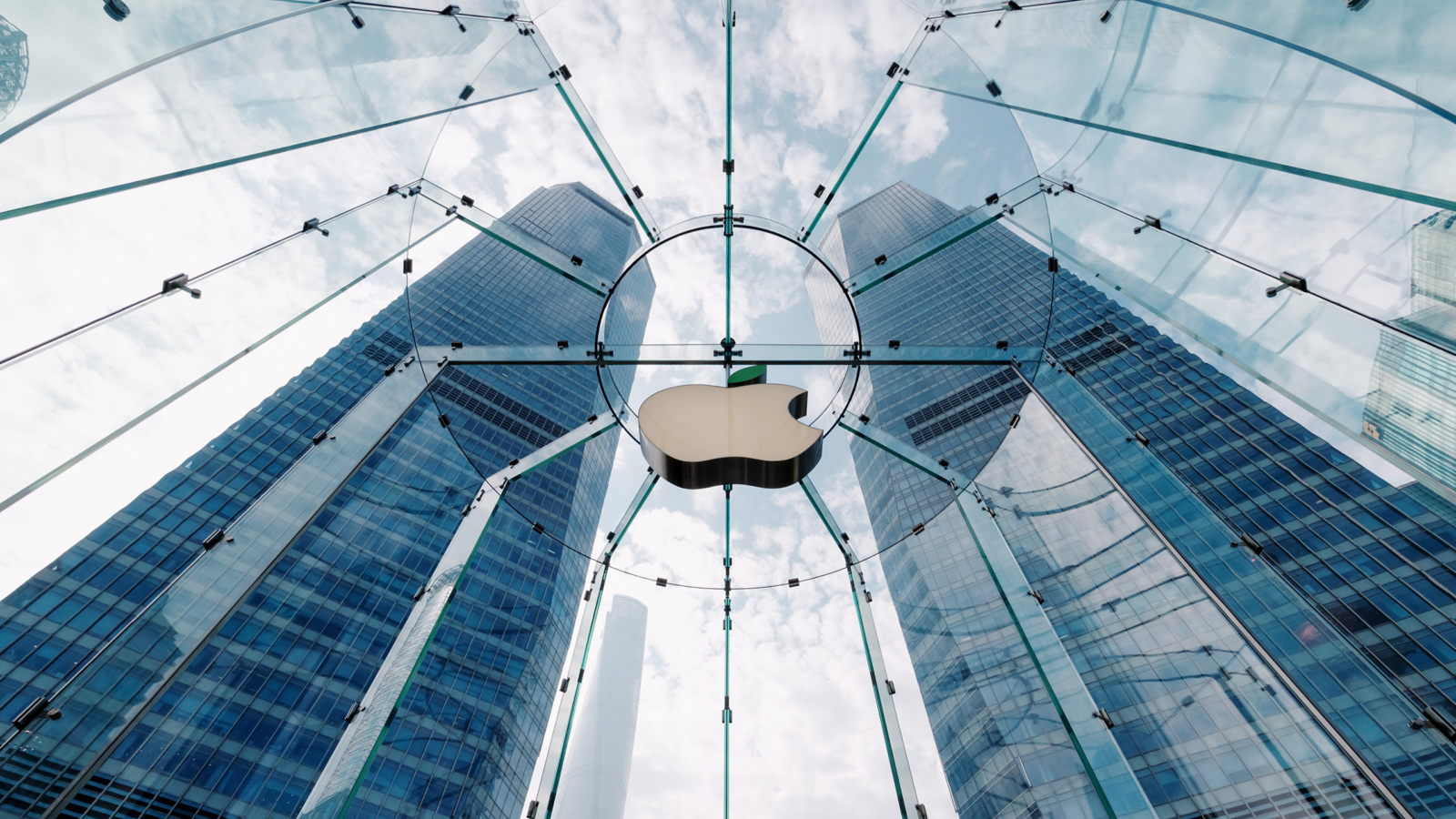Apple Could Bring Vision Pro to Healthcare with Recent Patents
patents from Apple to make its artificial reality headset a little more health-aware could open up a whole new world of possibilities for AR in clinical…
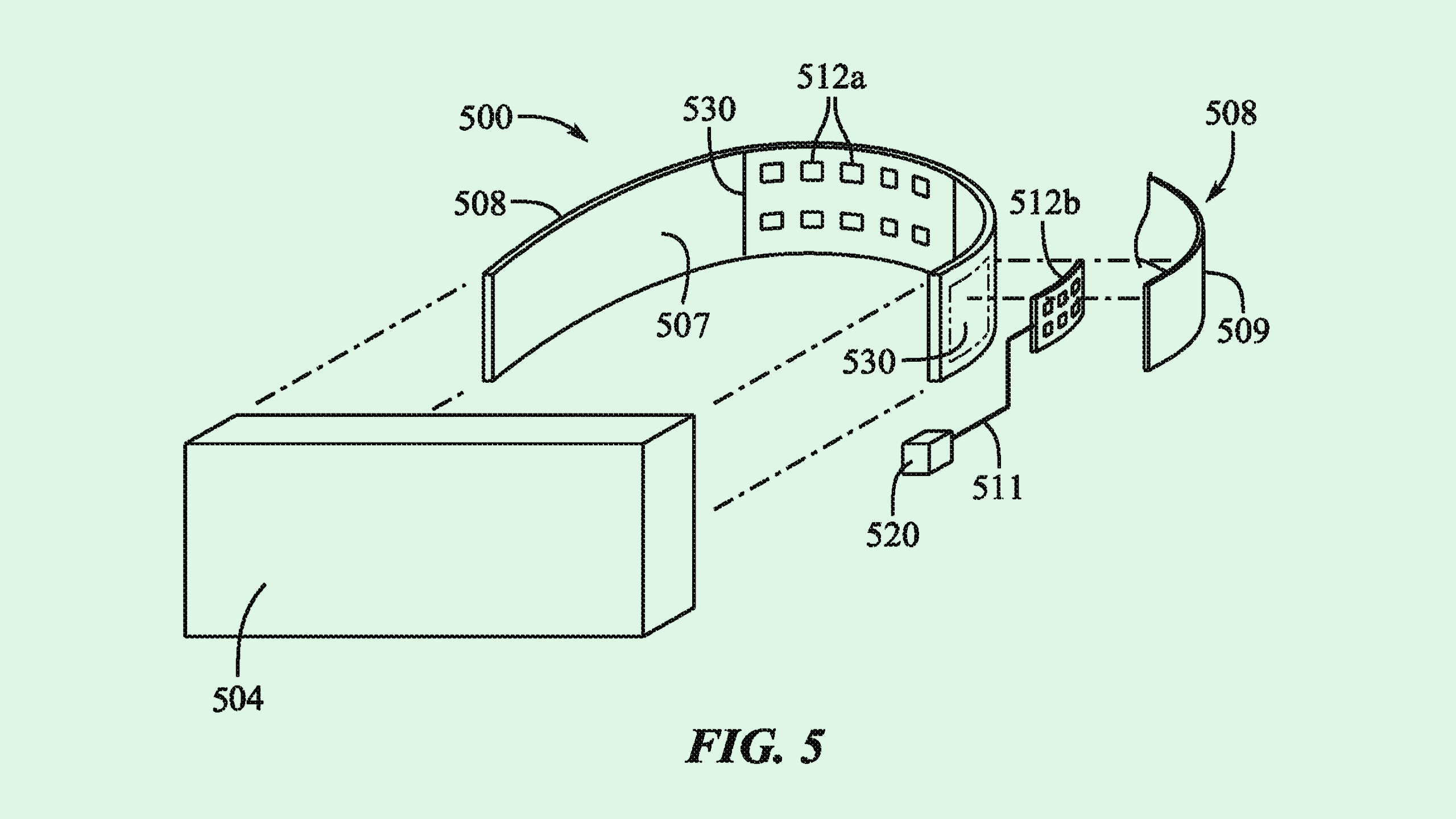
Sign up to uncover the latest in emerging technology.
Now that Apple’s gotten in your face with the release of the Vision Pro, it may want to dig a little deeper.
The company is seeking to patent a “health sensing retention band” for a head-mounted device. Apple’s system essentially aims to embed sensor technology into the band of its artificial reality headset that can track health data.
“An arrangement of sensors that efficiently utilizes the limited real estate on (a head-mounted device) and which is ideally positioned to detect the intended data is needed,” Apple said in the filing.
Apple’s system would add an array of electrode sensors within the band that straps an artificial reality device to a person’s head, positioning them toward the back of the user’s head. This would allow Apple to collect information about a user’s brain activity and transmit signals to the device based on those biometric readings.
These signals may be used to perform actions through the headset, such as changing visuals or audio. The company said that tracking these brain signals could be used for several different metrics, including user identity, environmental detection, movement, and location.
Outside of performing specific actions, Apple noted several additional use cases for this tech, including workplace, clinical, education, training, and therapy. It can also allow observations of the “autonomic nervous system,” tracking things like relaxation and stress indicators, mental health, or medical treatment.
Along with its back-of-the-head focus, Apple filed a separate patent for a way to integrate health sensors into the facial interface of the device. This would specifically integrate biometric pressure sensors into the “deformable pad” that sits on the bridge of the wearer’s nose. Apple noted that this could detect pulse, respiration, and facial expressions, as well as chewing, and changes in cartilage or blood pressure.
It’s no secret that Apple is the monarch of consumer health tech. Along with the Apple Watch and its embedded health and fitness apps, the company has an ever-growing pile of patents for health-tracking capabilities. This filing, however, could bring Apple’s tech into a more clinical setting with its capabilities to monitor mental health indicators or reactions to medical treatments.
It’s not the only indicator that Apple wants to help out in hospitals: The company announced earlier this month that it’s working with health tech firm Siemens on a Vision Pro app that creates realistic renderings of human anatomy, aiming to help with surgical planning and medical education. Additionally, a report from The Information in October noted that Apple was exploring more health monitoring capabilities with the Vision Pro.
Given Apple’s track record, its health research is hardly surprising, said D.J. Smith, Co-Founder and Chief Creative Officer at The Glimpse Group. And while there are always concerns about privacy as it relates to health data, Apple has amassed tons of trust from its user base (particularly when compared to Meta, its main extended reality competitor).
“The underlying thing is that people actually trust Apple,” said Smith. “Apple knows that their ecosystem is built around privacy and security, which makes the healthcare vertical way more applicable to them.”
Apple isn’t the only company that’s attempting to read brain waves. Both Google and Meta have sought patents for ways to read your mind. However, Apple’s filings lay out how this tech could be weaved into its existing form factor, whether it be a sleek band with unobtrusive electrodes or a small sensor at the bridge of your nose for measuring airflow. After all, Apple’s bread and butter is taking existing technology and improving on it, giving it the sleek user experience that its devices have grown so popular for.
And while brain waves and nose sensors can only give Apple so much data, when coupled with the rest of Apple’s health-tracking device ecosystem, the company can begin to get a sense of the bigger picture, Smith said. “Now you have a much better robust surveying system for what’s happening in your body,” he said. “This could be steps by Apple to secure all of the different sensing locations and the devices to do it.”
